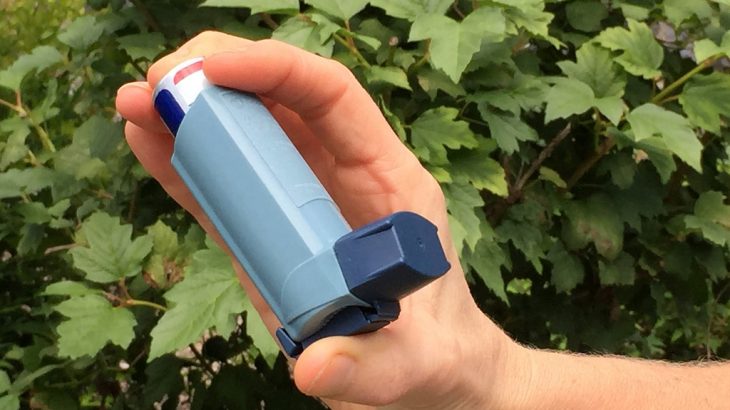“Don’t worry, you’ll outgrow it!”
“Asthma? You’re too old for that.”
If you’ve heard either of these statements from friends or family, your frustration is certainly understandable.
Although it is true that some adults outgrow their asthma symptoms and fewer adults suffer from the condition versus children, the fact remains that approximately 18 million adults suffer from asthma in the United States. This is certainly upsetting for those who expected to rid themselves of the condition with age; however, it’s perhaps even more frustrating to those who acquire asthma later in life.

Managing asthma symptoms as an adult may require some adjustments, but rarely anything drastic. In most cases, you can expect to live your life as you normally would while making some small, subtle changes in your day-to-day routine.
So, what do adults with asthma need to do to keep their symptoms in check?
1. Figure Out Your Treatment Options
Determining whether or not you have asthma is usually fairly straightforward once you talk to your doctor; however, treatment options vary from person to person. For example, depending on the severity of your symptoms you should expect to begin relying on a combination of the following:
- An emergency or “rescue” inhaler to provide relief in case of shortness of breath or a full-blown asthma attack
- A preventative inhaler which is used in the mornings to provide long-term, all-day relief of symptoms
- A daily allergy medication which can be purchased over-the-counter
The prices of both rescue and preventative inhalers often depend on the brand. Keep an eye out for web-based deals such as this Flovent coupon to make your symptom management more affordable.
2.Talk to an Allergist
Those who suffer from asthma often suffer from other allergy symptoms as well. It may be a good idea to talk to an allergist and have an allergy test administrated to figure out what exactly irritates your condition. For example, skin prick tests can help determine different foods and airborne triggers which could likewise contribute your breathing problems.
3.Squash Your Symptom Triggers
Simply put, sometimes squashing your symptoms means making some lifestyle changes. From cleaning up after your pets and quitting smoking to fixing your diet and spending less time outdoors, expect to go through a sort of “adjustment” period where you figure out just how much your asthma impacts your daily life. Making these changes may be difficult or uncomfortable but are crucial for the long-term management of your symptoms.
4. Rethink Your Exercise Routine
Despite popular belief, exercise doesn’t necessarily worsen asthma symptoms. Rather than allow your condition to keep you from getting fit, use weight loss as motivation to better your condition. Whether through brisk walks or bike rides around the neighborhood, anything you can do to improve your cardio capacity and make it easier for your body to breathe is a plus.
5. Always Have Your Emergency Inhaler Available
You may be fortunate enough to never have to suffer a major asthma attack. That being said, having your emergency inhaler available at all times is an absolute must for adults with asthma.
Even if you’re just running to the store, you never know what might happen. Similarly, regularly monitor how much supply you have left of your medication so that you never run into a situation where you’re stuck unable to breathe.
Adult asthma is certainly a pain, but it’s not impossible to manage by a long-shot. Using this checklist as a guide, you can go through your day-to-day life without constantly worrying about your symptoms.









